1. Lawn Height Matters—Down to the Inch
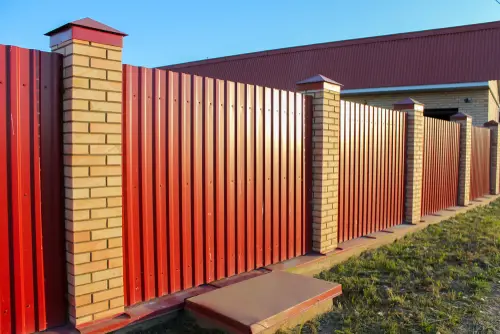
You might think a homeowner’s association (HOA) wouldn’t care if your grass is a little long, but some actually do. Many HOAs specify an exact height your grass must stay under, often around 6 inches. If your lawn exceeds that limit, you could get a fine. It’s all about keeping a “uniform aesthetic,” which they take very seriously.
Even if your neighbors don’t seem to care, the HOA might send a warning or fine right away. Some residents have reported receiving fines multiple times in a single summer for just letting their grass grow a bit too high. It’s frustrating, but the rules are usually spelled out in your HOA agreement. Ignoring it could cost you hundreds of dollars.
2. Trash Cans Must Vanish After Collection
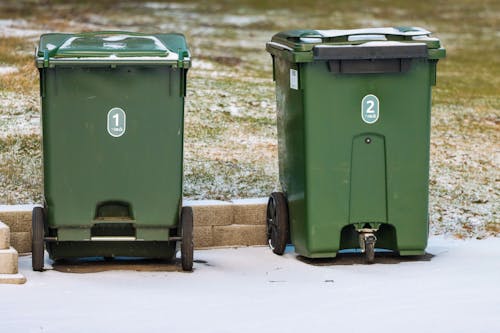
It’s not just a suggestion to hide your trash cans; in many communities, it’s a rule. HOAs often require that trash, recycling, and compost bins be stored out of sight except on pickup days. Leaving them on the curb even a few extra hours can trigger a warning or fine. The goal is a clean and uniform street appearance.
Residents sometimes get creative with storage, like building hidden bin enclosures, but the HOA still enforces visibility rules strictly. Violating this rule can lead to escalating fines if ignored. Even if it seems ridiculous, you’ll want to comply to avoid paperwork and fees. It’s one of those rules that seems fake until the fine lands in your mailbox.
3. Lawn Ornaments Can Be a Big No-No

If you love gnomes, flamingos, or quirky garden statues, beware. Many HOAs limit lawn decorations to certain sizes, types, or quantities. Anything “nonconforming” might result in a citation. What seems like harmless fun to you could be considered an eyesore to the HOA board.
Some homeowners have faced fines for small flags, seasonal inflatables, or even bird baths. Even patriotic decorations can violate the letter of the law if they’re not placed correctly. Before decorating, it’s worth checking the HOA’s design guidelines. Otherwise, your cheerful display could turn into an expensive headache.
4. Window Coverings Are Strictly Regulated

You might not think your curtains or blinds are the HOA’s business, but in many neighborhoods, they are. HOAs often require approved colors or styles visible from the street. Installing something outside the guidelines could trigger a warning. They aim to maintain a cohesive exterior look across all homes.
Homeowners have been fined for using dark or patterned curtains, reflective shades, or even mismatched blinds. Even temporary solutions like cardboard or foil coverings might not fly. The rule sounds extreme, but HOAs enforce it to prevent homes from “standing out” in a negative way. If you want privacy, it’s better to check their list of approved options first.
5. No Basketball Hoops in Driveways
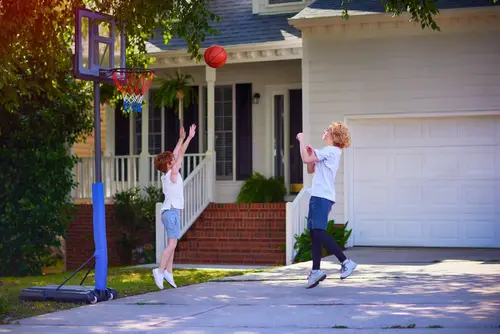
It might feel ridiculous to restrict sports equipment, but some HOAs strictly forbid basketball hoops in front of the house. The rule usually targets portable or permanent hoops. Boards claim the visual clutter reduces curb appeal. Even if you’re just playing with the kids, you could get a notice.
Homeowners who ignored this have been fined repeatedly until the hoop was removed or relocated. The regulation often extends to other outdoor sports equipment too, like soccer nets or volleyball setups. It can feel overly controlling, but the fines are very real. Compliance keeps the peace—or at least avoids fees.
6. Roof Colors Can Get You Fined
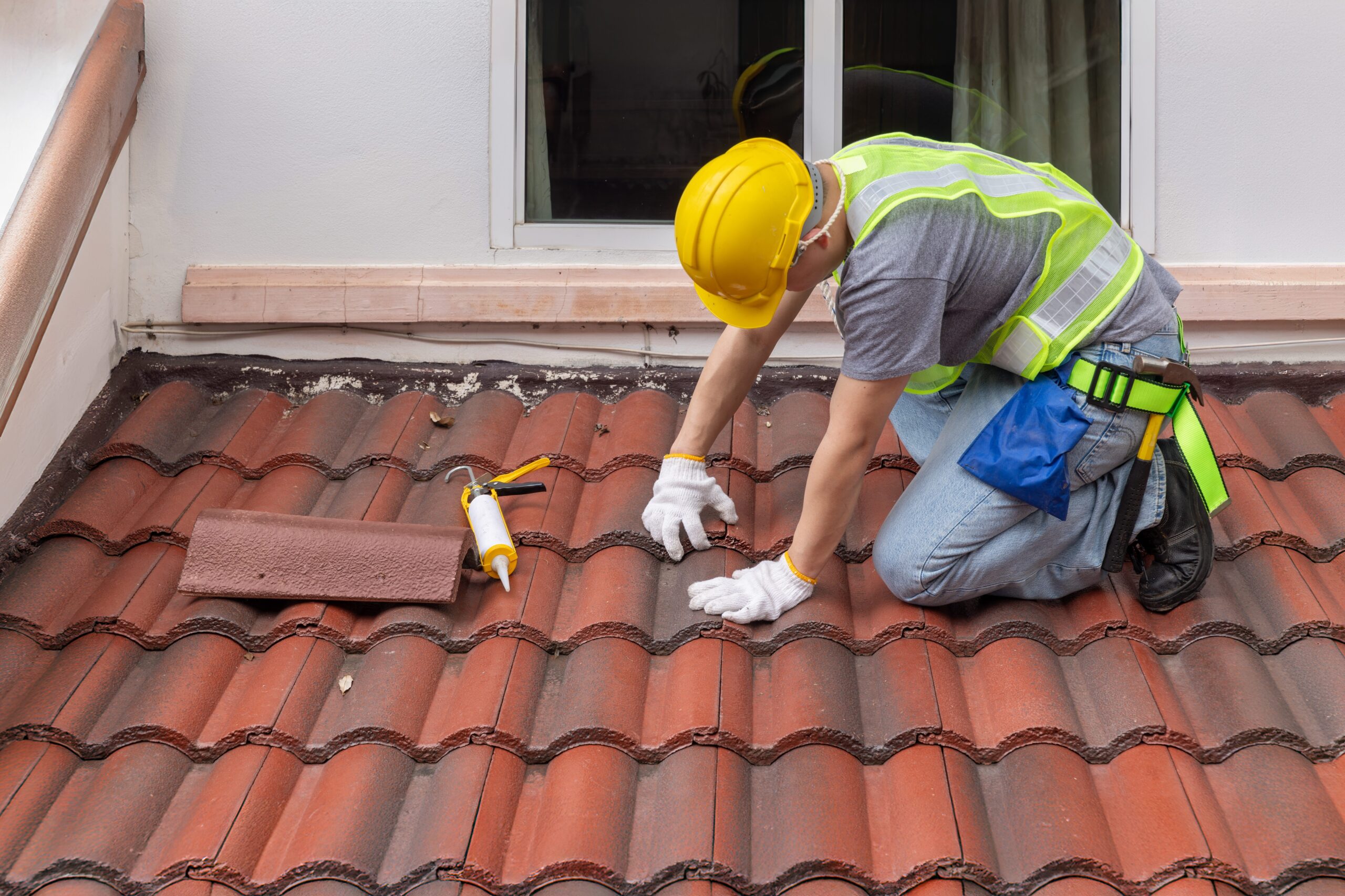
Some HOAs dictate acceptable roof colors down to exact shades of gray or brown. Installing a new roof outside that palette can result in a fine. They argue it preserves a uniform neighborhood aesthetic. Homeowners who tried trendy or darker shingles have regretted ignoring this rule.
Even subtle variations may be noticed by a vigilant HOA. This means you can’t just pick a color you like—you have to match their approved list. Contractors may not warn you about HOA rules, so the responsibility falls squarely on the homeowner. One wrong shingle choice can turn into a costly correction.
7. Front Door Colors Are a Big Deal

Believe it or not, your front door color might need approval. Many HOAs maintain a color palette for doors, shutters, and trim. Painting outside the approved shades can earn a fine. Boards see it as part of the overall “community image.”
Even classic colors like bright red or navy might be rejected. Some homeowners have been forced to repaint multiple times to comply. It’s an easy rule to overlook if you’re just trying to refresh your home. The HOA’s enforcement makes it more serious than it sounds.
8. Holiday Lights Must Come Down—Eventually

HOAs love the holidays but often impose strict timelines. Christmas lights or other seasonal decorations may have to be removed within weeks. Leaving them up too long could mean a fine. The idea is to keep the neighborhood looking orderly year-round.
Some residents have been hit with notices months after the holidays ended. Even tasteful displays can violate the clock. It’s not personal—it’s just the rules in action. Planning ahead can save you from unexpected fees.
9. Garage Doors Should Stay Closed
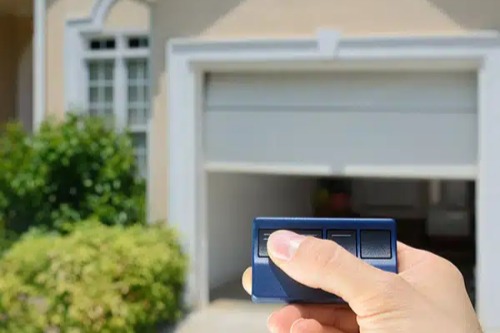
This might feel excessive, but many HOAs prefer closed garage doors for aesthetic reasons. Leaving them open regularly can be considered unsightly. Fines may follow if you don’t comply. They argue it creates a cleaner, more uniform street view.
Homeowners have received letters for leaving doors open while doing laundry or organizing the garage. Even a few minutes per day could technically be a violation. The rule is mostly about curb appeal, but it’s enforced seriously. Obeying it prevents unnecessary conflict with the board.
10. No Satellite Dishes in Front Yards

Satellite dishes often require careful placement to comply with HOA rules. Many prohibit visible dishes facing the street. Violating this can result in fines or forced relocation. The goal is to keep technological necessities out of sight.
Even small dishes or antennas can trigger notices. Some residents have had to pay for professional installation in approved locations. It seems over the top, but the fines are legitimate. Following placement guidelines avoids an expensive redo.
11. Parking Rules Are Surprisingly Strict
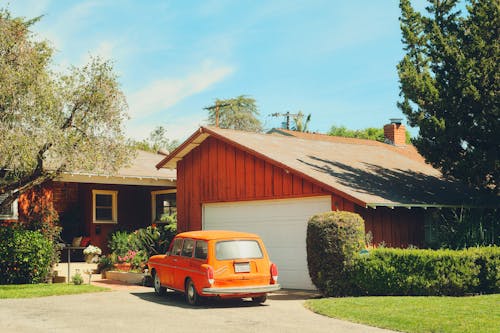
You might assume you can park on the street or driveway freely, but HOAs often regulate both. They may limit overnight street parking or specify which vehicles are allowed in driveways. Violating these rules can lead to citations. Enforcement is usually consistent and unapologetic.
RVs, boats, or even commercial vehicles are frequent targets. Some neighborhoods require garages to store vehicles at all times. Residents who ignore these restrictions often face mounting fines. It’s one of those rules that really does get enforced.
12. No Unapproved Outdoor Structures
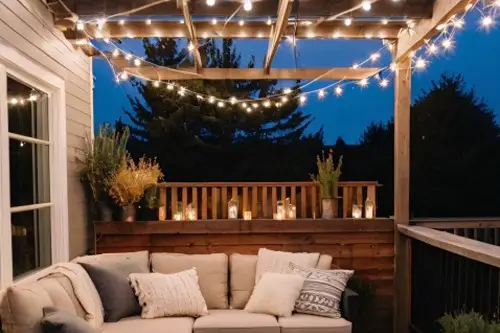
Decks, sheds, pergolas, or gazebos often need HOA approval. Building without permission can result in steep fines and even a requirement to remove the structure. They aim to prevent inconsistent designs and preserve property values. It may feel overly controlling, but the rules are enforceable.
Some homeowners have learned the hard way after adding a backyard shed or playhouse. Even minor additions can be flagged if they weren’t submitted for review. The process can be tedious, but ignoring it can get expensive. HOAs have legal authority to back up these fines.
13. Pet Rules Can Be Surprisingly Specific
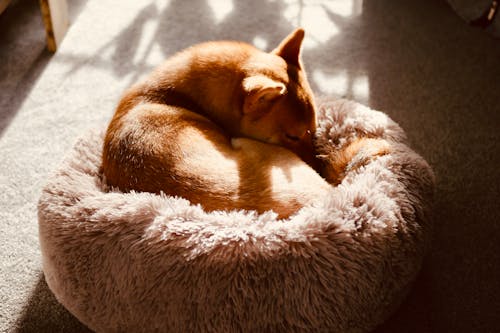
You might assume pets are unrestricted, but many HOAs have strict policies. They can limit the number, size, or even breed of pets. Fines can result from violations or from neighbors’ complaints. The rules aim to balance pet ownership with community comfort.
Homeowners have been fined for having “too many” dogs, exotic animals, or even certain breeds considered aggressive. Leash requirements and noise ordinances are often included. Following pet regulations avoids conflict and fees. It’s a reminder that HOAs monitor far more than you might expect.
This post 13 HOA Rules That Sound Fake Until They Fine You for Them was first published on Greenhouse Black.
